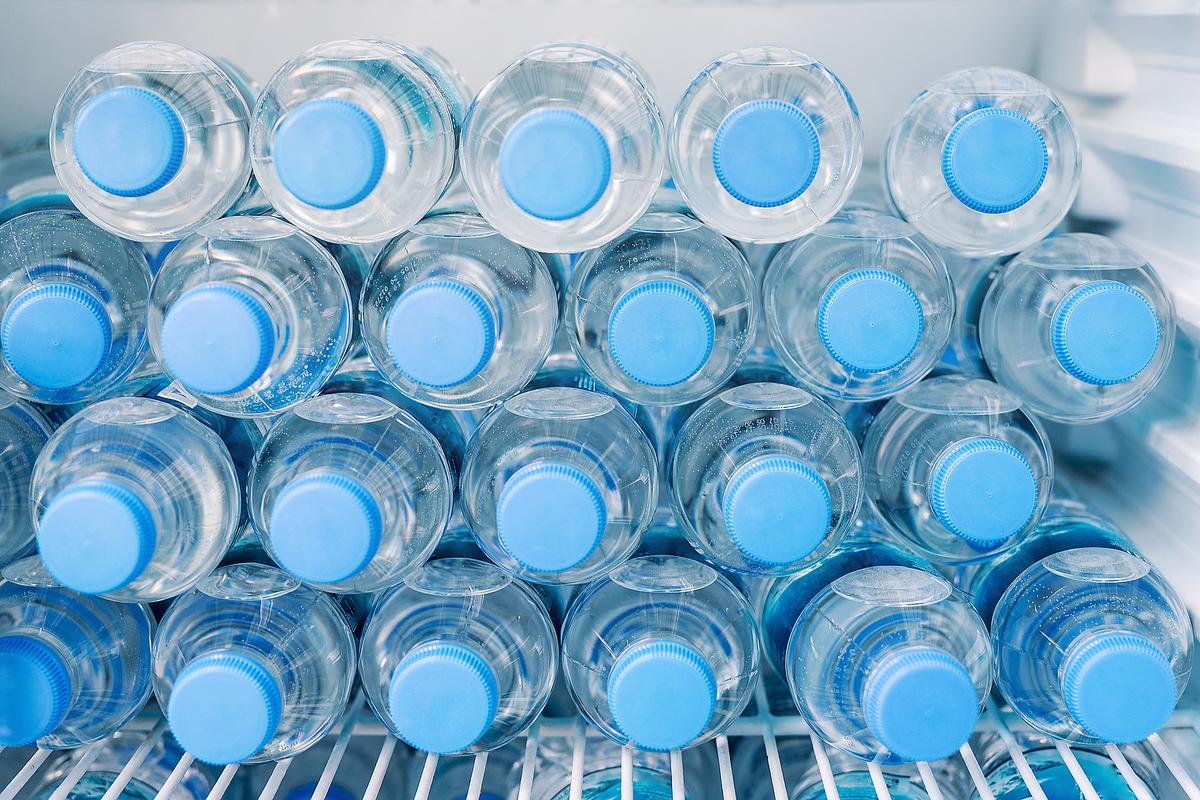Hurricane Season 2022: 40 Items for Your Hurricane Emergency Kit by 30Seconds Health

It's hurricane season. The American Red Cross encourages everyone to get prepared for hurricanes early by making a plan for if you need to leave your home quickly to get to safe place.
- Make a plan: Make plans for transportation for if you’d need to leave your home; check with friends or relatives in other locations if you’d be able to stay with them and ask if they’ve had symptoms of COVID-19 or been positively diagnosed. Be sure to also plan for your pets.
- Build a kit: Assemble two kits of emergency supplies and a one-month supply of prescription medication.
- Stay informed. Follow local media and weather authorities for updates, alerts and more information on the storm system and public safety through local media, radio or social media channels.
Your Emergency Kit
Build an emergency kit that contains supplies for about three days, to include a gallon of water per person per day, non-perishable food, a flashlight and extra batteries, a first aid kit, medications, medical supplies and copies of important documents. Remember items for young children such as diapers and household members with medical needs.
Here are some things you can include in your hurricane emergency kit:
- Water: 1 gallon per person, per day (three-day supply for evacuation, two-week supply for home)
- Food: non-perishable, easy-to-prepare items (three-day supply for evacuation, two-week supply for home)
- Flashlight
- Battery-powered radio or hand-crank radio (NOAA Weather Radio, if possible)
- Extra batteries
- First aid kit
- Medications (seven-day supply) and medical items
- Multi-purpose tool
- Sanitation and personal hygiene items
- Copies of personal documents (medication list and pertinent medical information, proof of address, deed/lease to home, passports, birth certificates, insurance policies)
- Current digital photos of loved ones, updated every six months, especially for children
- Cellphone
- Cell phone chargers
- Family and emergency contact information
- Extra cash
- Emergency blanket
- Map(s) of the area
- Medical supplies (hearing aids with extra hearing aid batteries, glasses, contact lenses, syringes, cane)
- Baby supplies (bottles, formula, baby food, diapers)
- Games and activities for children
- Pet supplies (collar, leash, ID, food, carrier, bowl)
- Two-way radios
- Extra set of car keys and house keys
- Manual can opener
- Whistle
- N95 masks or surgical masks
- Matches
- Rain gear
- Towels
- Work gloves
- Tools/supplies for securing your home
- Extra clothing, hat and sturdy shoes
- Plastic sheeting
- Duct tape
- Scissors
- Household liquid bleach
- Entertainment items
- Blankets or sleeping bags
- Sunscreen
- Insect repellent
If You Are in an Area Where Authorities Advise or Order You to Evacuate: Take Action Immediately to Evacuate!
Leave immediately. Bring your emergency kit with you. Follow posted evacuation routes and do not try to take shortcuts because they may be blocked. Stick to designated evacuation routes. For localized information:
- Evacuation routes: Check with your state’s Department of Transportation or Office of Emergency Management website to find routes near you.
- Emergency shelter location: Find shelters by visiting RedCross.org or by downloading the free Red Cross Emergency App.
If You Are in an Area Without an Evacuation Notice:
- If you are in an area that is flooding (on the coast, on a floodplain, near a river or on an island waterway), move to a location on higher ground before floodwaters reach you.
- Don't walk, swim or drive through floodwater. Just 6 inches of fast-flowing water can knock you over and two feet will float a car. Remember: Turn Around! Don’t Drown!
- If caught on a flooded road with rapidly rising waters, get out of the car quickly and move to higher ground.
- Stay indoors and away from windows and glass doors. If you are in a temporary structure, safely move to a sturdy building and go to a windowless room on the lowest level that is not likely to flood.
- Never use a generator, gasoline-powered equipment and tools, grill, camp stove or charcoal burning device inside or in any partially enclosed area. Keep these devices outside and at least 20 feet from doors, windows and vents.
Photo: Bigstock
Note: 30Seconds is a participant in the Amazon affiliate advertising program and this post contains affiliate links, which means we may earn a commission or fees if you make a purchase via those links. The content on 30Seconds.com is for informational and entertainment purposes only, and should not be considered medical advice. The information on this site should not be used to diagnose or treat a health problem or disease, and is not a substitute for professional care. Always consult your personal healthcare provider. The opinions or views expressed on 30Seconds.com do not necessarily represent those of 30Seconds or any of its employees, corporate partners or affiliates.
Take 30 seconds and join the 30Seconds community, and follow us on Facebook to get inspiration in your newsfeed daily. Inspire and be inspired.
Related Products on Amazon We Think You May Like:
30Second Mobile, Inc. is a participant in the Amazon Services LLC Associates Program, an affiliate advertising program designed to provide a means for us to earn fees by linking to Amazon.com and affiliated sites.












join discussion